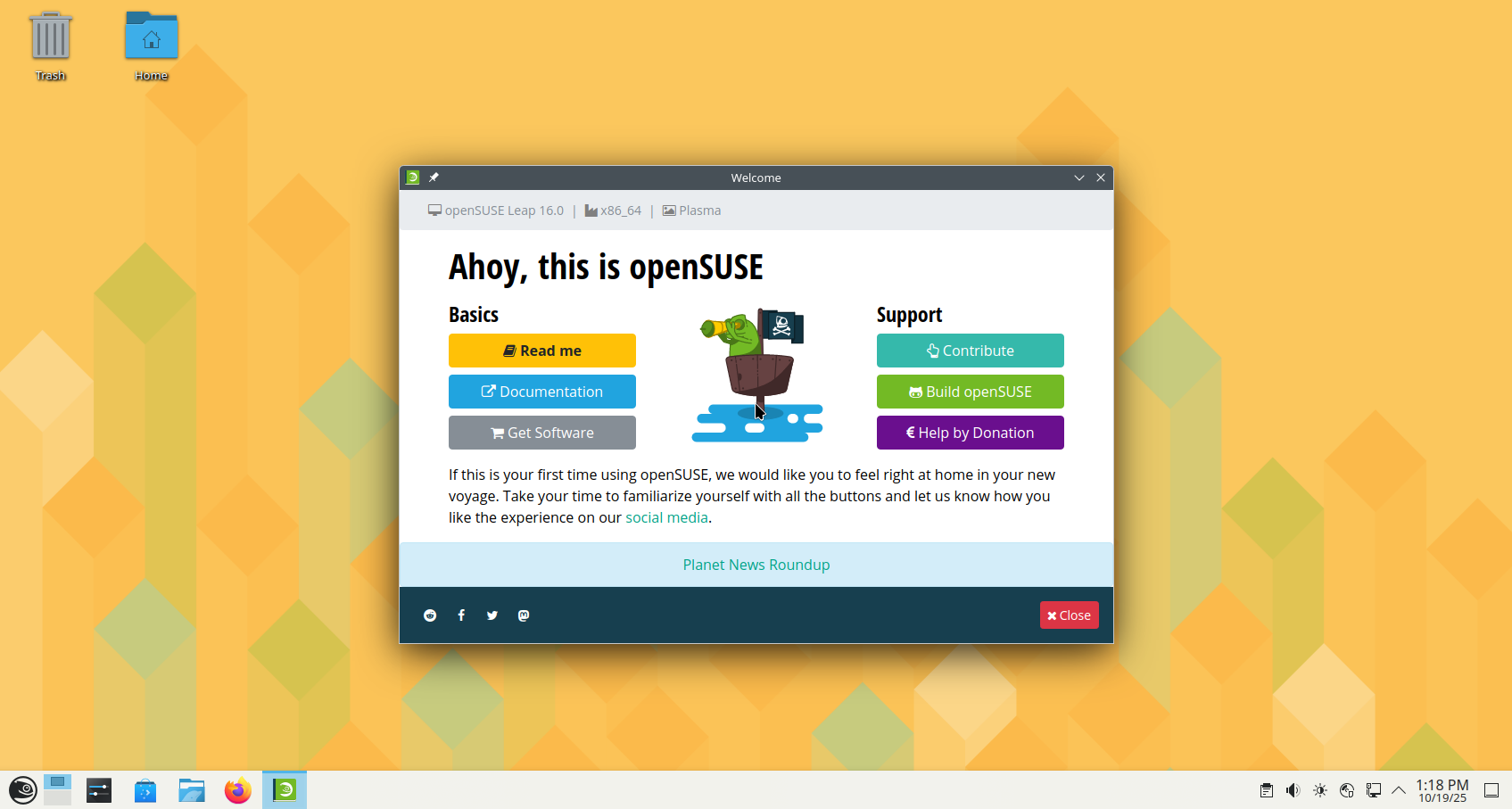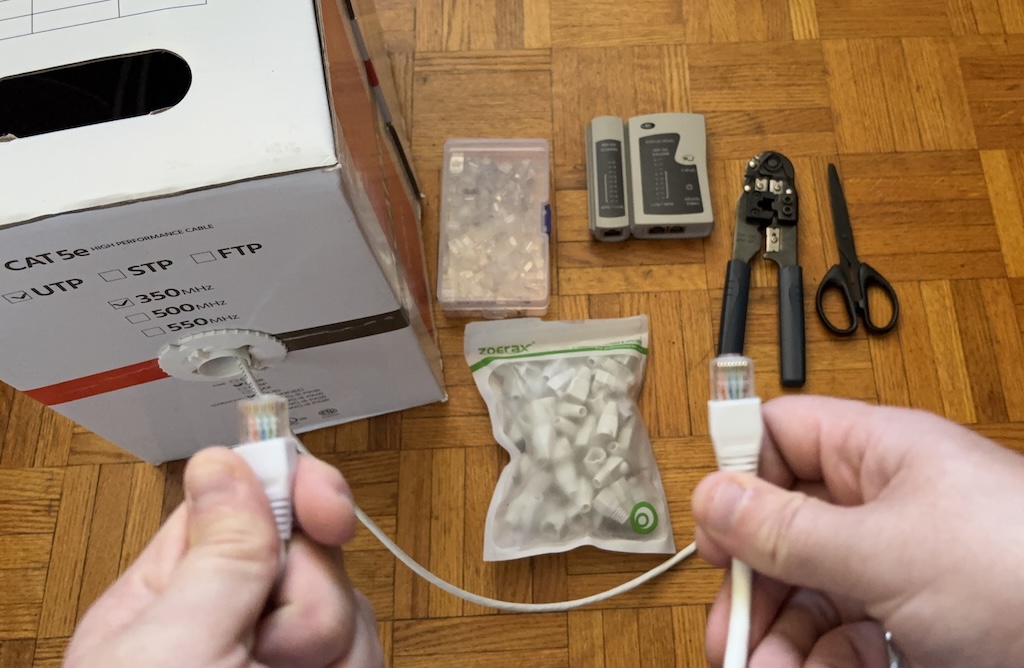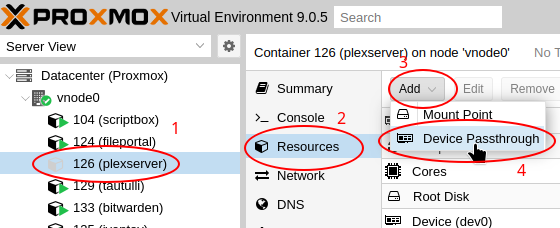Screen jumping or flickering on mount is a common frustration when using SafeAreaView in iOS with React Native, specifically on devices with a notch or Dynamic Island. As these features are becoming increasingly common and now represent the majority of devices sold, addressing this issue is critical to ensure a smooth user experience. This problem, often referred to as “jumping SafeAreaView,” can interrupt the smooth user experience your app should deliver.
Thankfully, there’s a straightforward solution: replace SafeAreaView from the react-native library with View and leverage the react-native-safe-area-context library to handle safe area insets in a more optimized way.
In this article, we will guide you on how to implement this fix using TypeScript or JavaScript for both functional and class components.
Why Does Jumping with SafeAreaView Occur?
The screen jumping issue with SafeAreaView happens because of its initial rendering behavior on iOS. It’s unable to consistently calculate safe area insets before the content mounts, causing a noticeable flicker.
The react-native-safe-area-context library optimizes this process under the hood, ensuring a smoother rendering experience regardless of the device.
Steps to Fixing Screen Jumping when using SafeAreaView
1. Install the react-native-safe-area-context Library
If you haven’t already, add the library to your project using either npm or Yarn:
npm install react-native-safe-area-context
or
yarn add react-native-safe-area-context
2. Wrap your App in SafeAreaProvider
Add the SafeAreaProvider component to the root of your app and provide initialWindowMetrics to improve performance and avoid layout jumps on startup.
You can retrieve initialWindowMetrics from react-native-safe-area-context.
import React from 'react';
import { SafeAreaProvider, initialWindowMetrics } from 'react-native-safe-area-context';
import MyApp from './MyApp';
const App = () => (
<SafeAreaProvider initialMetrics={initialWindowMetrics}>
<MyApp />
</SafeAreaProvider>
);
export default App;3. Replace Instances of SafeAreaView with Padding Using Safe Area Insets
You should replace all instances of SafeAreaView throughout your application with insets using useSafeAreaInsets for functional components, or withSafeAreaInsets for class components.
Examples
Functional Component
Here’s how to use the useSafeAreaInsets hook in a functional component:
import React from 'react';
import { View, Text, StyleSheet } from 'react-native';
import { useSafeAreaInsets } from 'react-native-safe-area-context';
const MyFunctionalComponent: React.FC = () => {
const insets = useSafeAreaInsets();
return (
<View
style={{
...styles.container,
paddingTop: insets.top,
paddingBottom: insets.bottom,
paddingLeft: insets.left,
paddingRight: insets.right,
}}
>
<Text>Hello, world!</Text>
</View>
);
};
const styles = StyleSheet.create({
container: {
flex: 1,
backgroundColor: 'white',
},
});
export default MyFunctionalComponent;Class Component
Here’s how to use the withSafeAreaInsets higher-order component (HOC) in a class component:
import React from 'react';
import { View, Text, StyleSheet } from 'react-native';
import { withSafeAreaInsets, SafeAreaInsetsContext } from 'react-native-safe-area-context';
interface Props {
insets: SafeAreaInsetsContext;
}
class MyClassComponent extends React.Component<Props> {
render() {
const { insets } = this.props;
return (
<View
style={{
...styles.container,
paddingTop: insets?.top,
paddingBottom: insets?.bottom,
paddingLeft: insets?.left,
paddingRight: insets?.right,
}}
>
<Text>Hello, world!</Text>
</View>
);
}
}
const styles = StyleSheet.create({
container: {
flex: 1,
backgroundColor: 'white',
},
});
export default withSafeAreaInsets(MyClassComponent);That’s it! You can also decide which sides (top, bottom, left and right) you want to apply padding to based on the design of your screen. If you’re not sure, applying it to all sides and seeing how the screen looks is best.
Remarks
- While
react-native-safe-area-contextexports aSafeAreaViewcomponent, our experience indicates that it can also lead to screen jumping issues. For a robust and future-proof solution, use theuseSafeAreaInsetshook for functional components or thewithSafeAreaInsetsHOC for class components. - Passing
initialWindowMetricstoSafeAreaProviderensures accurate safe area insets on app startup, preventing layout jumps caused by delayed inset calculations. SafeAreaViewis likely to be deprecated soon. With the introduction of edge-to-edge layouts on Android 15 (API 35) and React Native 0.76, the community is shifting towardreact-native-safe-area-contextfor cross-platform consistency.react-native-safe-area-contextnatively supports safe area insets on both iOS and Android, making it the ideal choice compared toSafeAreaViewfromreact-native.









Leave a Reply